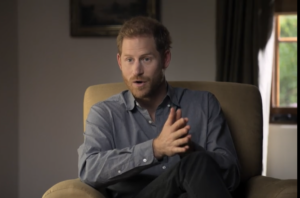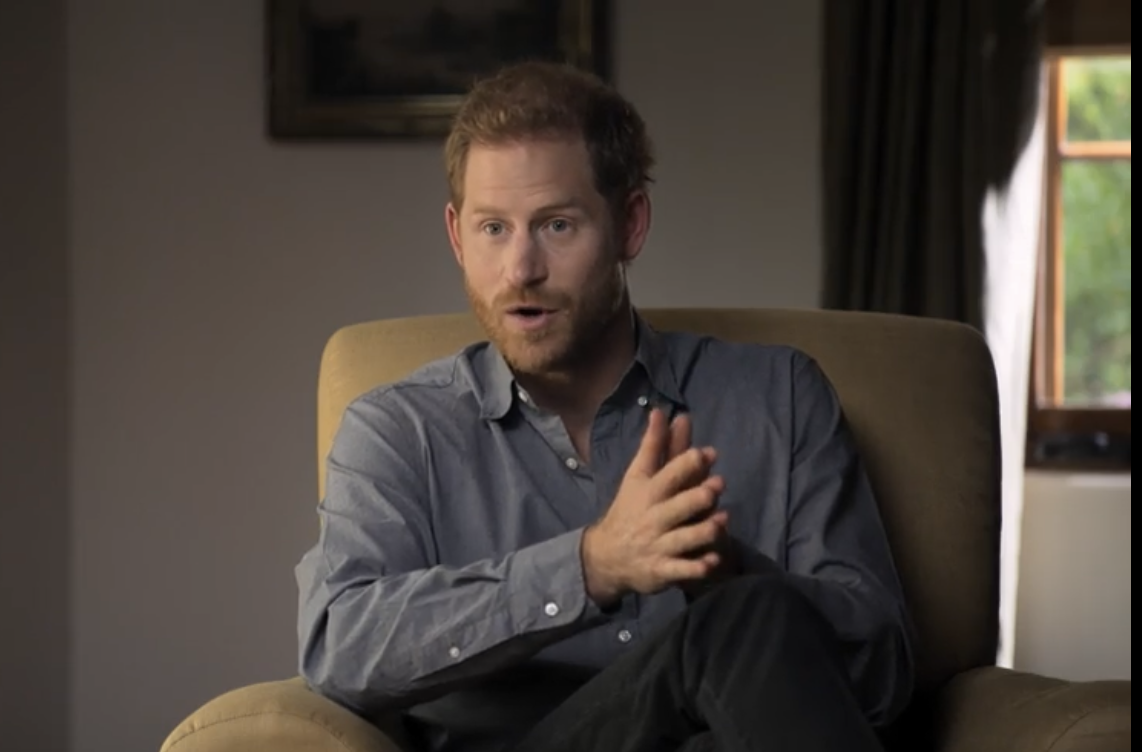
Prince Harry talking to Oprah on the Apple TV+ docuseries “The Me You Can’t See”
When Prince Harry recently started speaking out about the harmful ways that both his family and the media treated his wife, Meghan — and how it re-triggered his trauma around his mom’s reminiscent experience and premature demise — he mentioned what has helped him heal: Eye Movement Desensitization and Reprocessing therapy, or EMDR. He told Oprah in “The Me You Can’t See” that the modality, which he found while exploring ways to save his relationship, ultimately saved his life.
“One of the biggest lessons that I’ve ever learned in life is you’ve sometimes got to go back and to deal with really uncomfortable situations and be able to process it in order to be able to heal,” he said.
That’s the purpose of EMDR, one of the modalities central to my clinical practice, and one that has tremendous power to relieve clients’ trauma and anxiety responses. I’d go so far as to call it transformative: I’ve regularly seen clients who complete courses of the therapy go on to make permanent positive changes in their lives, like changing jobs, moving, or setting healthy relationship boundaries for the first time. And while I can’t speculate on Prince Harry’s emotional process, it’s possible to observe that, since starting therapy, he stepped back from royal life, disengaged from his family, moved to California, and started new work in content production.
“One of the biggest lessons that I’ve ever learned in life is you’ve sometimes got to go back and to deal with really uncomfortable situations and be able to process it in order to be able to heal”
Prince Harry let the public peek into a remote EMDR session in “The Me You Can’t See,” where it showed him, hands crossed on either shoulder, tapping lightly on one side and then the other while moving his closed eyes toward the taps. In-person versions can include following a therapist’s moving finger, tracking a light board, or holding pulsing tappers in either hand.
But how does EMDR work, exactly?
The evidence-based, integrative psychotherapy approach, developed in the 1980s by psychologist Francine Shapiro, alleviates emotional distress associated with disturbing memories through bilateral brain stimulation. By activating both hemispheres of the brain while following a specific protocol guided by a trained therapist, unintegrated memories and experiences are reprocessed fully, providing remarkable relief.
EMDR is based on the idea that emotional distress is rooted in unprocessed and persistently disturbing memories. The brain, usually able to hold onto what is useful from an experience and discard what is not, can be short-circuited by traumatic events, preempting that integration process and leaving a memory stuck in its raw form. When that memory surfaces, brain and body react like it’s something happening now rather than in the past. This is what causes emotional symptoms, negative beliefs about the self, and even physiological effects.
EMDR is based on the idea that emotional distress is rooted in unprocessed and persistently disturbing memories.
In EMDR, clients are guided in a safe environment through the upsetting memory in a way that allows it to be metabolized fully so that it feels like it is truly in the past. This frees them from the painful symptoms formerly intertwined with the memory. Positive self-beliefs replace the negative ones, allowing space for people to refocus their priorities on moving forward instead of treading water.
As Prince Harry put it, “I really feel that we should be focused more on the things that feed our soul.”
About Us
At Center Psychology Group in New York, we specialize in providing compassionate and evidence-based therapy tailored to your unique needs. Whether you’re seeking EMDR therapy, Somatic Experiencing, or integrative trauma-informed psychotherapy, our experienced team is here to support you. Learn more about our services and how we can help you on the path to healing. Ready to take the next step in your healing journey? Book a free 15-minute phone consultation here.






